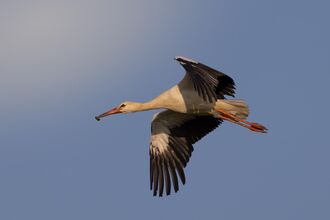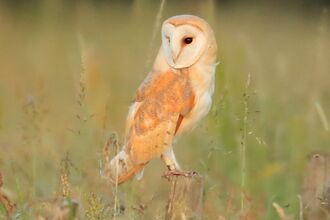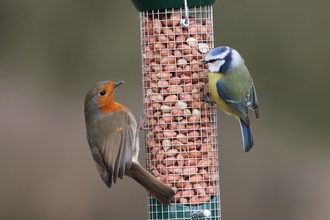Pioneering early-morning surveys by London Wildlife Trust staff and trained volunteers have revealed more about the elusive mammals that live in London’s woodlands.
Funded by the National Lottery, ‘Vole Patrol’ was a first-of-its-kind study that sought to discover which species of vole, shrew and mouse were populating nine woodland sites across four London boroughs, and how the character and management of these woodlands can determine the numbers and types of mammals that live in them.
After the 18-month survey was completed earlier this year, with the help of more than 80 volunteers, results reveal that high numbers of wood mice and bank vole, alongside lesser populations of common shrew, pygmy shrew, yellow-necked mouse, and field vole, can be found in different, suburban woodlands.
Vole Patrol has found strong evidence that small mammal populations are thriving in many of London’s woodlands...
The ideal habitat for these largely nocturnal animals is a woodland that isn’t too ‘tidy’, and which isn’t completely isolated by roads and buildings, allowing wildlife to move safely to and from nearby wild spaces.
Thanks to a National Lottery grant of £97,200 from the Heritage Lottery Fund (HLF), Vole Patrol surveys began in spring 2016. Volunteers with London Wildlife Trust used a combination of safe live trapping, remote cameras and footprint tunnels, to record small mammals at each site, while also recording the key characteristics of the woodlands to help inform future management practices.
Vole Patrol results
The most common small mammal found across the surveyed woodlands was the wood mouse, with 1,212 recorded across all nine sites. Bank vole were found at eight sites, with 595 recorded, while 28 yellow-necked mice were found at two sites.
Common and pygmy shrews were recorded at five sites, with 38 in total, while field vole were only found at Tentelow Wood, where 19 were recorded. A detailed report will be published in 2018.
Small mammals play an important, but often overlooked, part in the ecosystem, and are an important prey item for some of London’s rarer wild predators, such as stoat, weasel, kestrel and owls.
The survey results suggest that for a small mammal, a wood with a richly-vegetated and somewhat untidy structure, with open sunlit glades, plentiful fruit and nut-producing trees, along with plenty of leaf litter and fallen branches and tree stumps, is close to a perfect home.
Of the sites surveyed Tentelow Wood and Long Wood, managed by Ealing Council, and Pear Wood, managed by Harrow Council, were judged most habitable for small mammals.
Mathew Frith, the Trust’s Director of Conservation, said: “Vole Patrol has found strong evidence that small mammal populations are thriving in many of London’s woodlands. While this is testimony to the resilience of these animals, it also highlights the importance of wildlife-friendly conservation work if the city’s woodlands are to continue to serve as a critical refuge for small mammals. I would like to thank National Lottery players for their support, and the many volunteers that helped us in this study, who played an important role in revealing some of the secrets of London’s woodland.”
Stuart Hobley, Head of HLF London, said: “It’s fantastic to see the results of the Vole Patrol study. Thanks to money raised by National Lottery players, this project has trained volunteers and provided crucial information on the favoured habitats of some of the UK’s most iconic species. We’re hoping National Lottery players’ money will help us to better manage our woodland in the future, making a big difference for these small mammals!”
Vole Patrol was made possible by funding from National Lottery players through the Heritage Lottery Fund.
Notes
The nine surveyed woodlands were Gunnersbury Triangle in Chiswick, Perivale Wood, Tentelow Wood and Long Wood near Southall, Ten Acre Wood and Gutteridge Wood in Hillingdon, Denham Lock Wood near Uxbridge, Ruislip Woods, and Pear Wood in Stanmore.



